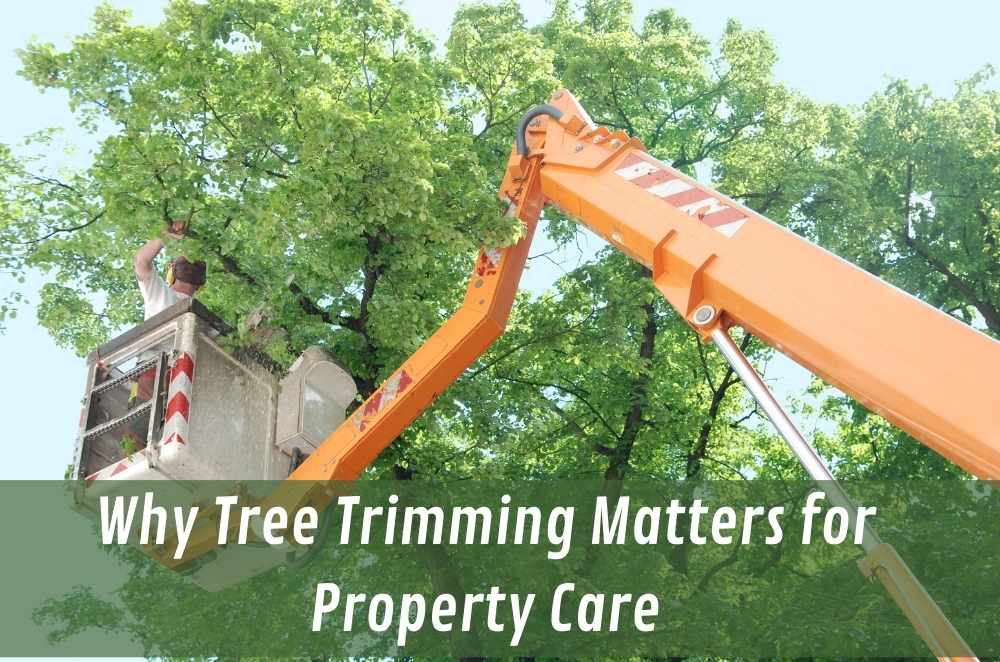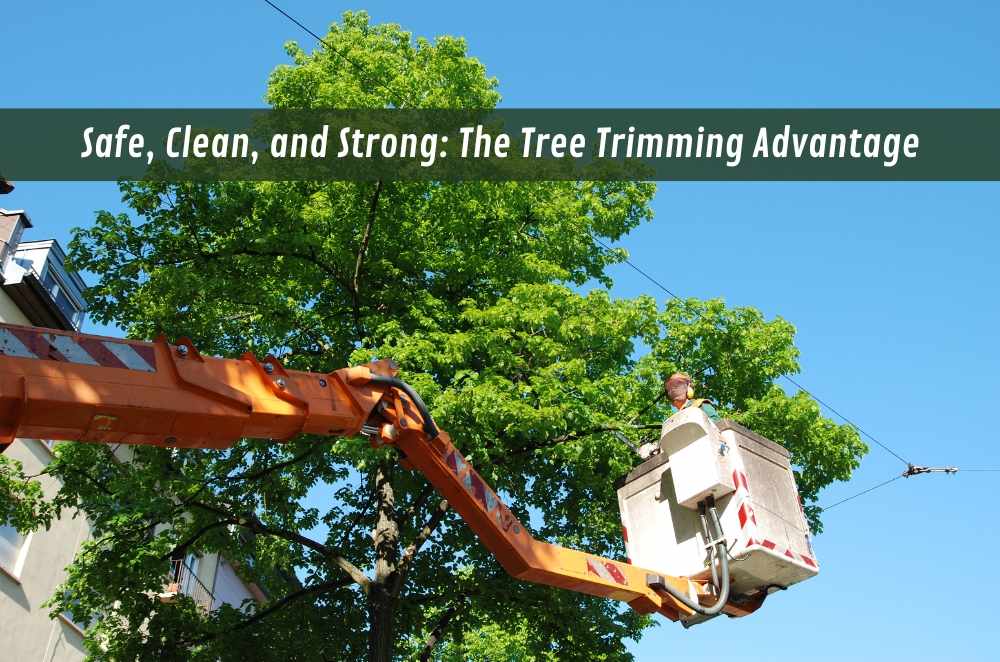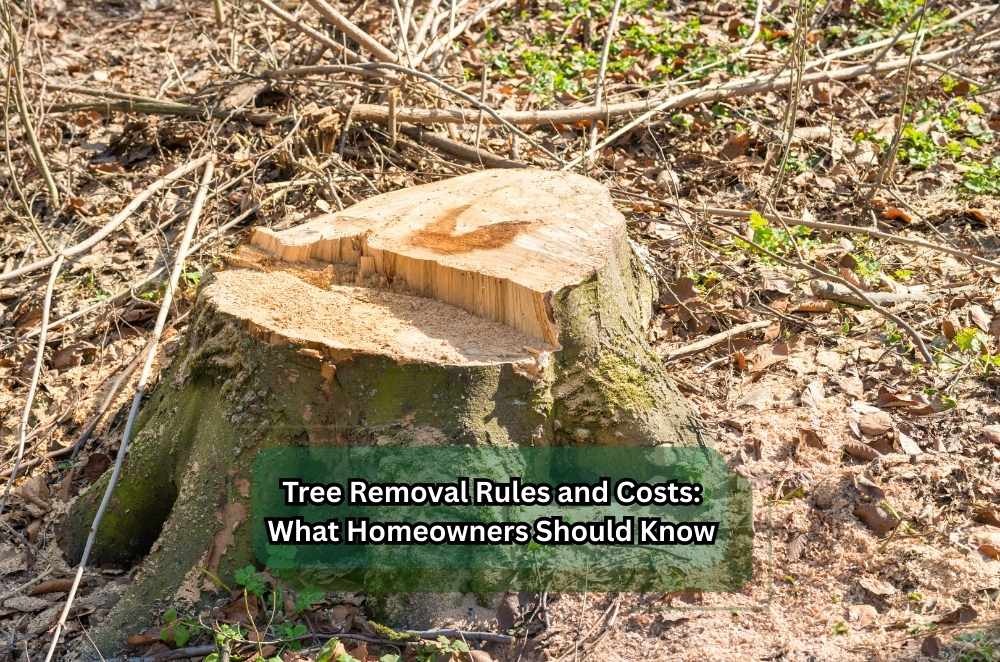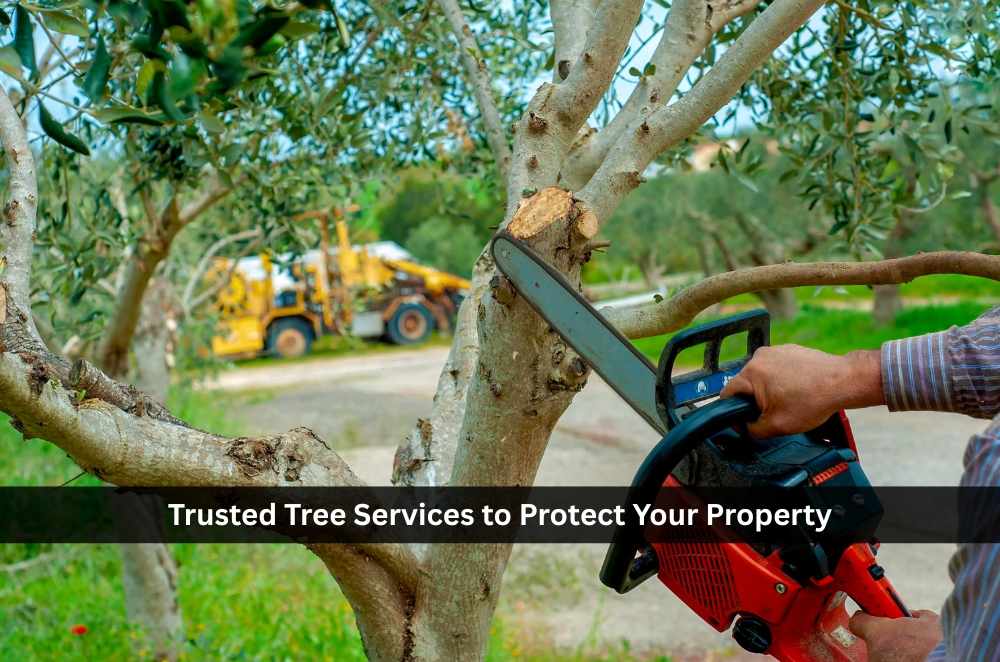
A well-kept yard isn’t just about appearances. When trees grow unchecked, they tangle with powerlines, block light, and turn nasty in storms. Overhanging branches gouge roofs, clog gutters, and chew on fences, while cramped canopies cut airflow and weaken structure. Staying on top of maintenance matters. Sometimes, you need action now — not next week — and having access to quick response tree trimming keeps small problems from growing teeth. Beyond safety, smart shaping strengthens limbs, balances the canopy, and slows disease. Do it right and the whole place feels calmer, brighter, safer. That’s the simple truth. Day and night, through seasons. We’ve seen what neglect costs. Time, money, sleep.
How can trimming improve tree health?
Trimming removes stressed or diseased wood, allowing energy to return to healthy limbs. It also opens the canopy, allowing sunlight and airflow to reach the plants, resulting in stronger, steadier growth.
Done at the right time, selective cuts limit pest pathways and help wounds seal quickly. We shape toward a balanced scaffold so wind loads spread evenly instead of tearing at one weak point. Species matter; gums, palms, and conifers react differently, and seasons call the shots on how hard you go. Bad cuts, like stubs or flush wounds, push decay deeper. Good cuts — made just outside the branch collar — set the tree up for recovery.
• Builds a stable branch framework
• Lowers disease and pest pressure
• Improves light for lawns and understory
• Helps young trees set long-term form
Because timing and structure aren’t guesswork, many households lean on professional tree trimming services to keep growth healthy without shocking the canopy.
What risks come from delaying maintenance?
Skipping trims multiplies hazards. Branches creep over roofs, crowd powerlines, and snap under wind load, turning a passing front into a costly mess.
Small faults grow into significant failures when decay tracks along a limb or into the trunk. Dense crowns trap moisture, inviting fungus; heavy end-weight leads to splitting and tear-outs. Insurance assessors aren’t fond of preventable damage, either. A little seasonal work often saves tarps, arguments, and emergency call-outs.
• Overhanging limbs trigger roof leaks
• Hidden cracks can fail without warning
• Dense crowns increase storm losses
Why does professional care matter?
Anyone can cut; professionals prune with intent. They plan the structure, stage the cuts, and leave the tree stronger — not just smaller.
Good crews read the tree’s signals: hairline fractures, girdling roots, and dieback that’s easy to miss from the ground. With proper rigging, clean tools, and safe drop zones, they manage risk without butchering a canopy. The aim isn’t a shaved tree; it’s balance, resilience, and shade where you want it, not where you don’t.
Conclusion
Trimming isn’t vanity. It’s risk control, tree health, and a better place to live — all in one. Stay ahead of growth, book seasonal touch-ups, and prevent minor issues from escalating. When weighing options, clear pointers on choosing a local tree trimming service will help you focus on safety, credentials, and the right approach for your trees.










Write a comment ...